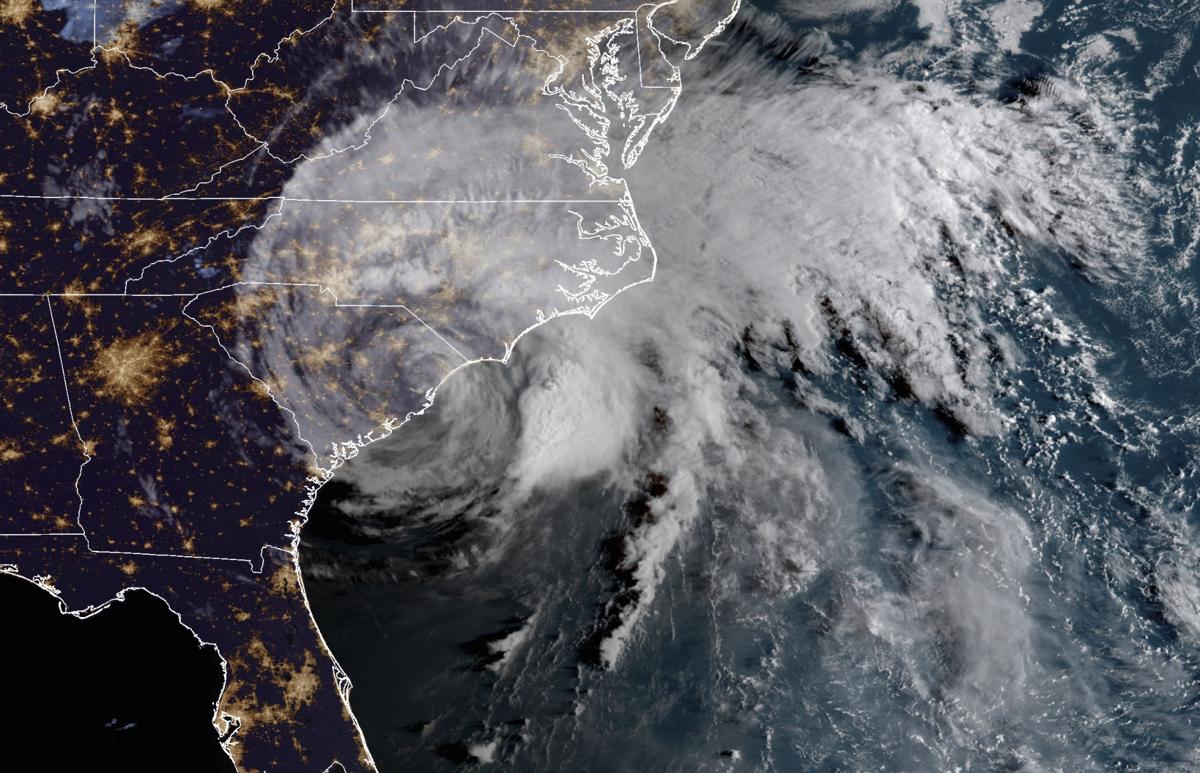Somebody up there must like us

“This storm will blow over,” Charles said, slapping him on the back. “After all, they always do.”
The fact that storms always blow over is of little help to drowned sailors, Captain Stauffer reflected morbidly the next week … . All one had to do was look at a graveyard to realize that the great climax of life was always a disappearing act.
–Sloan Wilson, “All the Best People”
Florence, the great storm that thankfully gave Charleston a pass, caused tremendous damage to our neighbors to the north and west. As a survivor of Hurricane Hugo 29 years ago, I can commiserate with those still digging themselves out from under the devastating wreckage and out of the floodwaters left behind by Florence. Once a Category 4 storm 400 miles in diameter, it easily could have wreaked similar havoc here. Somebody up there must like us.
South Carolina Gov. Henry McMaster, who is running for reelection, perhaps jumped the gun a bit on Sept. 10, a full three days before the storm’s projected landfall, by ordering a “mandatory” evacuation of this state’s entire 187-mile-long coastline. Such an evacuation could have impacted a million people.
That’s a lot to move out quickly, given our state’s notoriously inadequate roads and bridges. (His order was rescinded for some areas south of Charleston, including Hilton Head and Beaufort, the very next day.)
That Monday, the eye of the storm was expected to come ashore a bit north of the border between North and South Carolina. Tuesday, computer-generated data predicted that it would move farther north, near Wilmington.
Other projections were that it would stall there, before slowly following the coastline south, all the while dumping enormous quantities of water along the way. I decided then it was time to take my handicapped wife and get out of Dodge. It was not going to be easy, but early Wednesday I evacuated and headed for high ground in Georgia.
Gov. McMaster’s order covered schools, hospitals, state offices, private businesses, etc. Some 19 hospitals asked to be exempted from the order to move their patients inland. McMaster also ordered that eastbound lanes on I-26 be reversed to accommodate westbound traffic only, beginning early Tuesday morning.
I had no trouble getting on I-26 when I left early Wednesday morning. Getting off the interstate, when I arrived near Columbia, was another story. Traffic in my westbound lane was forced onto northbound I-77. This cost me a lot of time and frustration before I was able to connect to westbound I-20.
“People,” McMaster had said, “we need to prepare. This one [the storm] is particularly big, particularly strong. We don’t want to gamble with a single South Carolina life.”
Well, no one can fault him for that. But reversing traffic lanes is a gamble of sorts too. It slows and makes it very difficult for eastbound traffic, particularly emergency vehicles responding to calls. Ordering hospitals to evacuate patients is an enormous gamble too. In almost any conceivable circumstance, patients would have been far better off staying where they already were.
Another thing that struck me as questionable was closing so many exit ramps on westbound I-26 (including the exit ramp for I-95). If the purpose of the lane reversal was to speed up westbound traffic, how did preventing so many vehicles from getting off I-26 do that?
Incidentally, on this evacuation and the one last year for Irma, I saw very little traffic on the reversed lanes.
There is no doubt, of course, that whatever the governor decided to do or not to do would have raised “concerns” among his political opponents. I applaud him for taking action where in the past others have been hesitant to do so. The planning that went into his evacuation orders, however, could have used an extra scrub.
At the time they were issued, it was becoming increasingly clear that projected tracks (i.e., the spaghetti models) were taking more of South Carolina out of the storm’s dangerous semicircle.
Yes, had the storm taken an unexpected turn and come ashore somewhere near Charleston, the governor would be pilloried today for not doing enough, soon enough. All in all, I give him a B-plus for the job he did.
R.L. Schreadley is a former Post and Courier executive editor.
